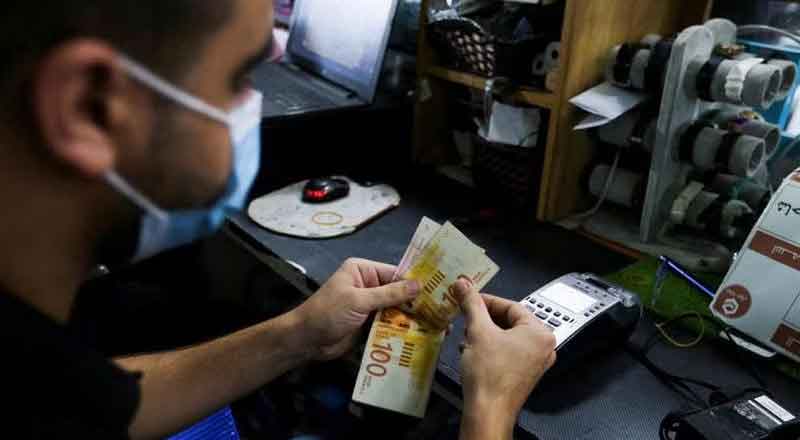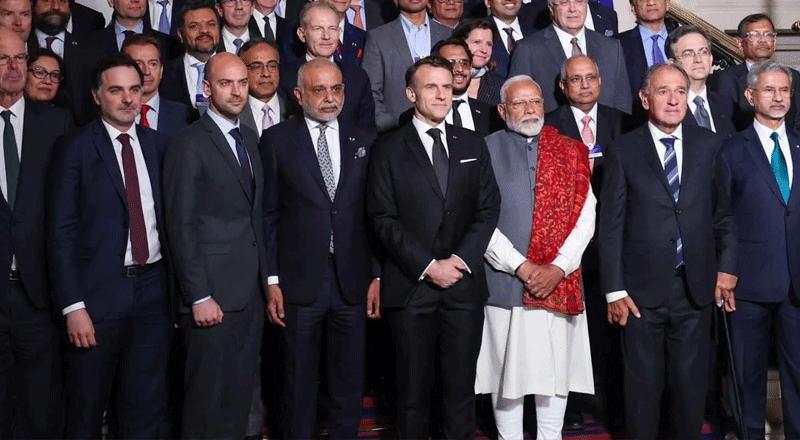- Palestinian militant group Hamas uses a global financing network to funnel support from charities and friendly nations.
- Israeli police said they froze a Barclays bank account the authorities said was linked to Hamas fundraising and blocked cryptocurrency accounts used to gather donations.
- A former U.S. official specialized in counterterrorism, estimated the bulk of Hamas’ budget of more than $300 million came from taxes on business, as well as from countries including Iran and Qatar or charities.
- Hamas had used cryptocurrencies, credit cards, or contrived trade deals to avoid mounting international restrictions.
- Between Dec. 2021 and April this year, Israel seized almost 190 crypto accounts it said were linked to Hamas.
- The U.S. State Department has said that Iran provides up to $100 million annually in support to Palestinian groups including Hamas.
Palestinian militant group Hamas uses a global financing network to funnel support from charities and friendly nations, passing cash through Gaza tunnels or using cryptocurrencies to bypass international sanctions, according to experts and officials.
However, Hamas, which governs the Gaza Strip, will face even more obstacles in accessing funds after the rampage by the group’s gunmen that killed hundreds of Israelis, mainly civilians. Israel has responded with the heaviest bombardment of Gaza in 75 years of conflict.
Earlier this week, Israeli police said they froze a Barclays bank account the authorities said was linked to Hamas fundraising and blocked cryptocurrency accounts used to gather donations, without specifying how many accounts or the value of the assets.
The move provided a glimpse of a complex financial web, some legitimate, much hidden, that underpins Hamas, or the Islamic Resistance Movement, and its government in the Gaza Strip, which it has run since 2007.
Matthew Levitt, a former U.S. official specialized in counterterrorism, estimated the bulk of Hamas’ budget of more than $300 million came from taxes on business, as well as from countries including Iran and Qatar or charities. Last February, the State Department said that Hamas raises funds in other Gulf countries and gets donations from Palestinians, other expatriates, and its own charities. In the past, Hamas has said financial restrictions placed on its donors were an attempt to neutralize legitimate resistance against Israel.
Hamas, sanctioned as a terrorist organization by the United States and countries such as Britain, had increasingly used cryptocurrencies, credit cards or contrived trade deals to avoid mounting international restrictions, Levitt said. However, this year Hamas said it would back away from crypto, after a spate of losses. Cryptocurrency’s ledger system can make such transactions traceable.
Blockchain researchers TRM Labs said this week in a research note that crypto fundraising has previously increased following rounds of violence involving Hamas. After fighting in May 2021, Hamas-controlled crypto addresses received more than $400,000, TRM Labs said.
Between Dec. 2021 and April this year, Israel seized almost 190 crypto accounts it said were linked to Hamas.
Whether through crypto or other means, Hamas’ allies have found ways to get money to Gaza. The U.S. State Department has said that Iran provides up to $100 million annually in support to Palestinian groups including Hamas, and has cited methods of moving the money through shell companies, shipping transactions, and precious metals.
By last year, Hamas had established a secret network of companies managing $500 million of investments in companies from Turkey to Saudi Arabia, the U.S. Treasury has said, announcing sanctions on the firms in May 2022.
Israel has long accused Iran’s clerical rulers of stoking violence by supplying arms to Hamas. Tehran, which does not recognize Israel, says it gives moral and financial support to the group.
Backing the Palestinian cause has been a pillar of the Islamic Republic since the 1979 revolution and a way for the country to fashion itself as a leader of the Muslim world.
Gas-rich Qatar too has paid hundreds of millions of dollars to Gaza since 2014, at one point spending $30 million per month to help operate the enclave’s sole power plant and to support needy families and public servants in the Hamas-run government. Qatar walks a foreign policy tightrope, hosting the region’s largest U.S. military base, the Taliban, and other groups, often allowing it to mediate.
Qatar’s funding for Gaza actually passes through Israel, a source familiar with the process said.
The funds are transferred electronically from Qatar to Israel. Israeli and U.N. officials hand-carry cash over the border to Gaza.
The cash is distributed directly to needy families and public servants in Gaza and each family or individual must sign next to their name that they’ve received the cash. One copy of that sheet goes to Israel, one goes to the UN and one goes to Qatar. In recent years, Qatar bought fuel from Israel for Gaza’s sole power station. It also sent Egyptian fuel that Hamas can resell, using the proceeds for salaries.
Stephen Reimer of the think tank, Royal United Services Institute, predicted fresh attempts to fully restrict the group’s access to formal financial channels would have limited success. “Their financing tactics have grown to circumvent these.”
(With inputs from agencies)





